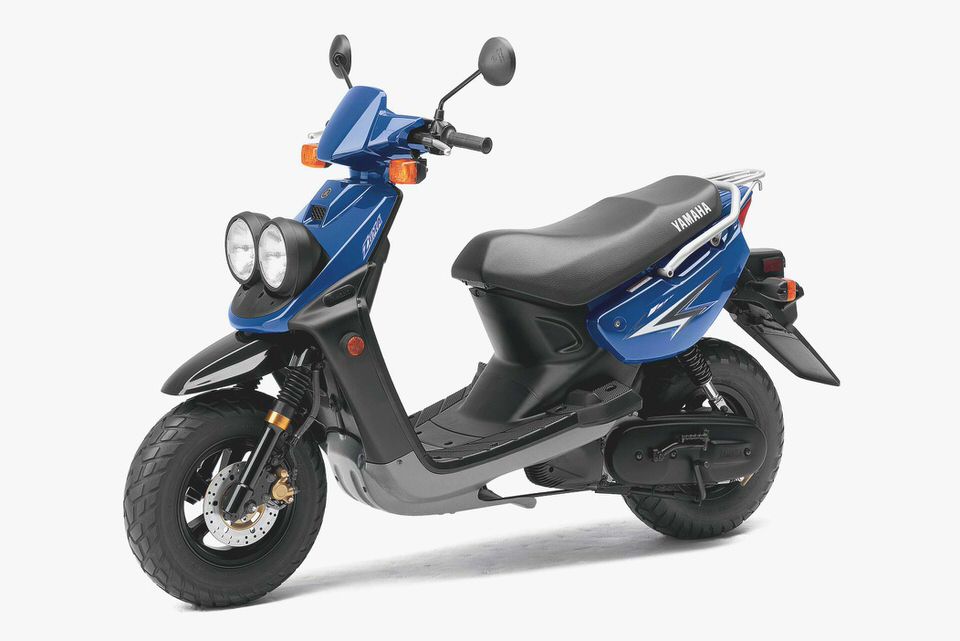
Yamaha Zuma Maintenance Schedule
For clarity, I will be writing this article under the assumption that you have just purchased a new Yamaha Zuma with 0 miles. The maintenance of your Yamaha Zuma can easily be done at your home, with no special tools needed. Most problems that you would incur whilst owning your Yamaha Zuma will occur due to lack of maintenance, irresponsible riding or a combination of the two.
After you drive your new scooter home for the first time, you should first inspect the bike for any loose bolts or body pieces. Bolts and the body plastics will loosen up over time and will need to be tightened periodically to prevent any aesthetic, mechanical, or durability issues. Even though most people don’t do it, the bolts should be checked once per week, whether the bike was ridden or not.
The second thing you should do when you get the scooter home is to check the tire pressure. Tire pressure is a very important aspect of a scooter than many people over look. Your Zuma (excluding the Zuma 125) only has a 49cc 2-stroke engine. This engine will climb hills, go on long trips, and rapidly accelerate with heavy loads. however, it should be taken into consideration that the performance of the scooter relies on tire pressure just as much as it relies on the engine or transmission.
The optimal PSI (pounds per square inch) for each tire is 29 psi. 29 psi is the number that was given by the manufacturer and it should be acknowledged. If you over inflate your tires, you could be risking losing traction while cornering, on gravel or while on wet surfaces. You could also experience a blow-out. On the contrary, if you under inflate the tires, you could risk a blow-out as well.
If you under inflate the tires, you will most likely experience a loss in engine power and performance. You may lose 5 to 10 mph off of the top speed and suffer a slower acceleration. Tire pressure should be checked every 3 to 4 days.
One should change the Zuma’s transmission oil every 600 miles at the most. Changing every 200 miles would not serve a noticeable result while changing every 500 miles would be better than every 600. The gear oil should be changed every 500 to 600 miles regardless of how you drive the scooter.
Changing the gear oil very important to the longevity of the transmission and the transmission belt.
Change the front brake pads as needed. Try to purchase pads that will make a squealing noise when they need to be changed. Brake fluid should be added when you change the brake pads.
Be consistent with the type of gasoline that you put in the scooter and also add 2-stroke motor oil to the engine oil tank every 2 to 3 gas tank fill ups.
Spark plugs should be examined at each transmission oil change and replaced if a black tip is present.
If you follow the above guidelines, your scooter should last for thousands of miles and many memories.
- Yamaha 2003 Prototype Street Bikes
- 2003 Yamaha WR 450 F – Yamaha Dirt Bike – Off Road Magazine
- Comparative Yamaha X-Max 400, Piaggio X10 350 and Kymco Xciting 400i …
- MX Race Quad Yamaha Raptor 250 FOR SALE!! How To Save Money And Do It…
- Tony’s Restored TX-500

